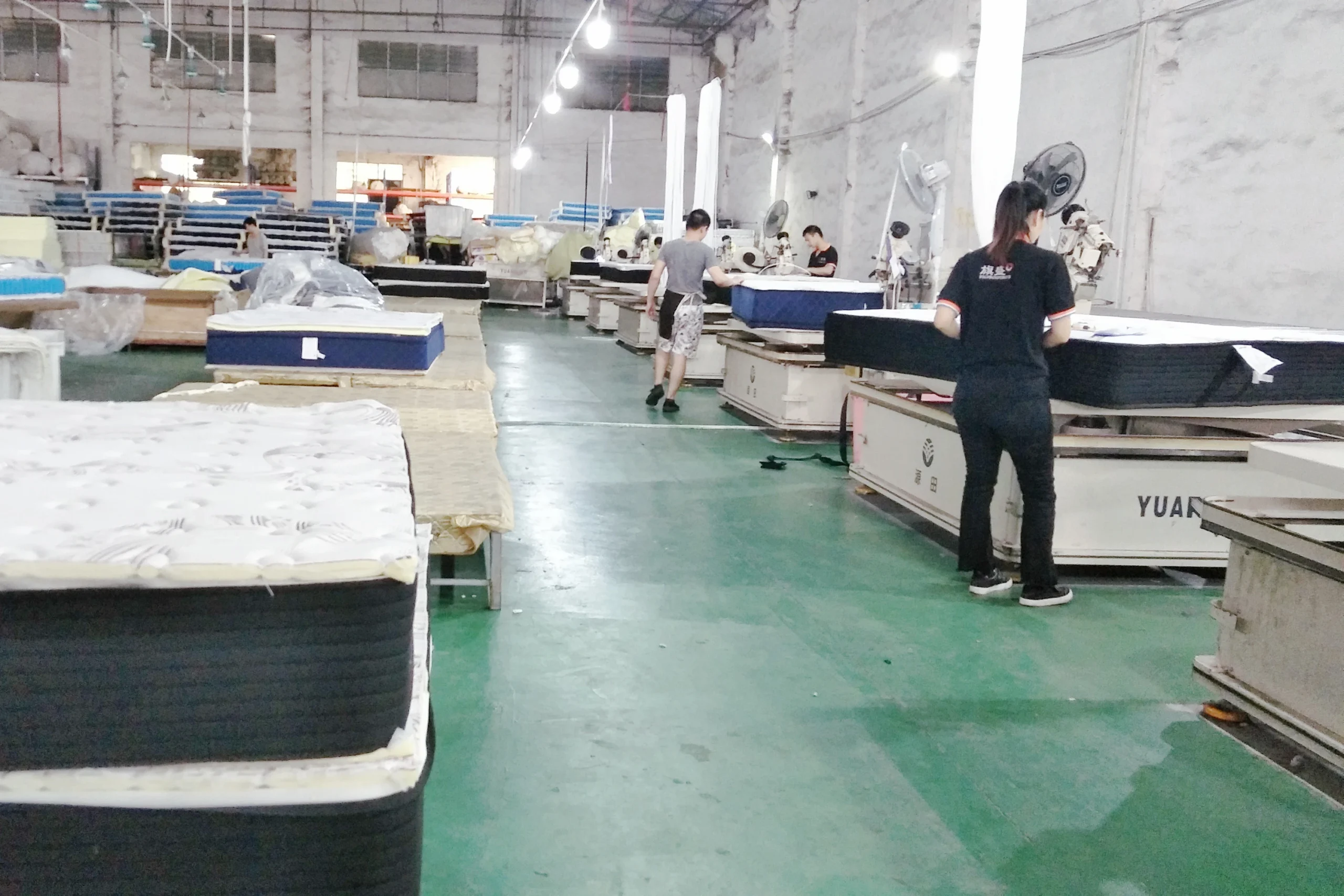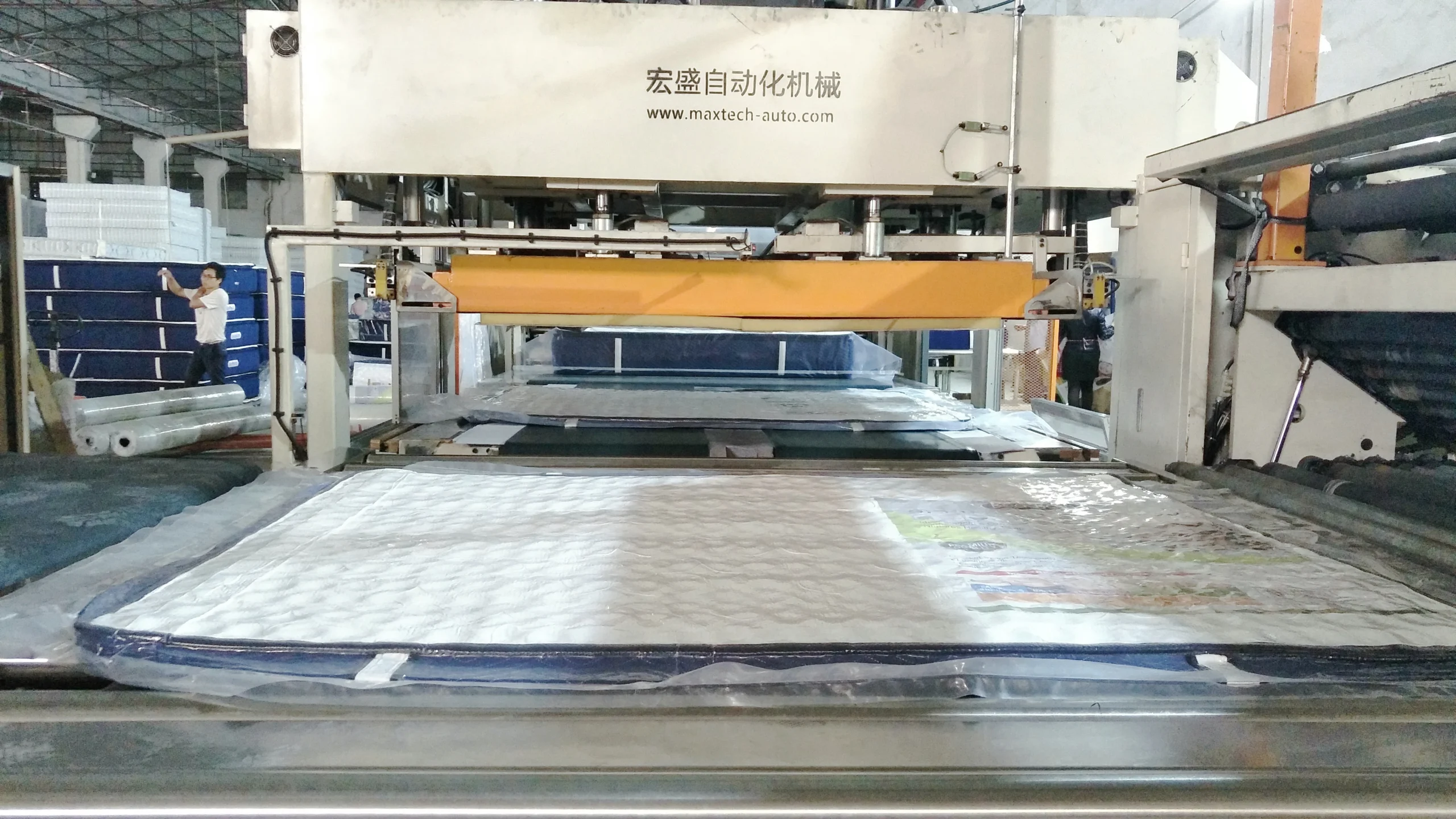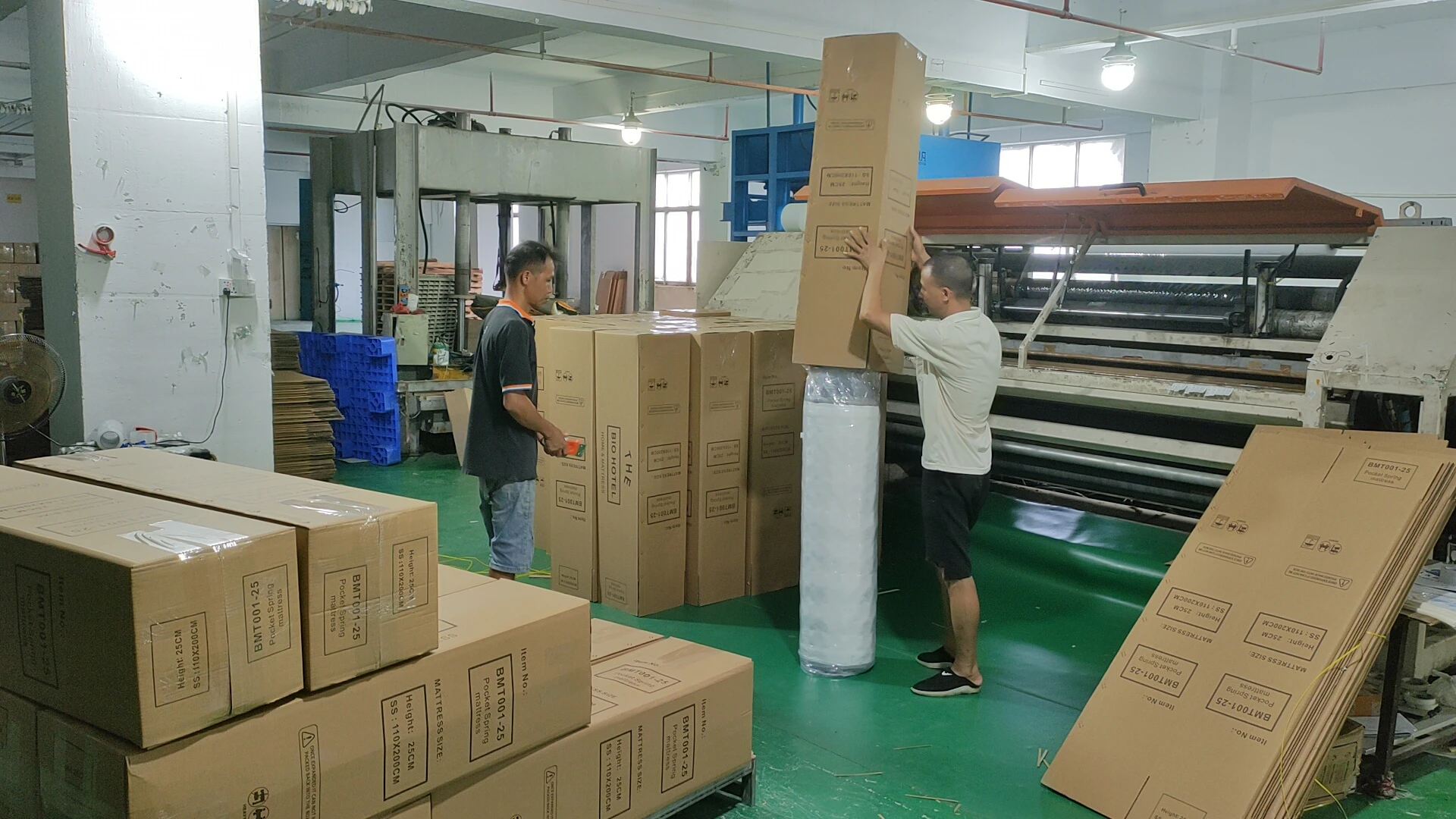Why Compressed Mattresses Is So Popular in the Market
In recent years, compressed mattresses, also known as roll-packed or mattress-in-a-box, have revolutionized the mattress industry. Their popularity continues to grow rapidly in both developed and emerging markets. From budget-conscious consumers to large-scale e-commerce brands, compressed mattresses offer unmatched advantages in terms of logistics, convenience, and customer experience. This article explores the key reasons behind their global success.
Traditional mattresses are bulky, making storage and transportation expensive and inconvenient. Compressed mattresses are vacuum-sealed and rolled tightly into compact boxes, dramatically reducing their size—sometimes by up to 80%. This results in:
For online retailers and international distributors, this is a game-changer. It reduces warehousing space requirements and enables door-to-door delivery using standard couriers like FedEx, UPS, or DHL.

Compressed mattresses are the backbone of the online mattress market, especially for direct-to-consumer (DTC) brands. With a roll-packed mattress:
Companies like Casper, Nectar, Emma, and Zinus have built multi-million dollar brands by leveraging the convenience and scalability of this model.
Compressed mattress provides an easier, more modern purchasing experience:
This convenience has led to high customer satisfaction and a growing preference for buying mattresses online instead of visiting physical stores.

Because roll-packed mattresses are easier and cheaper to ship, brands save significantly on logistics. These savings are often passed on to customers in the form of more affordable prices.
Additionally, many compressed mattress brands:
This business model enables high-quality mattresses to be sold at competitive prices, making them accessible to a wider audience.
Despite being compressed, modern roll-packed mattresses do not compromise on quality. Manufacturers have perfected designs using:
After expansion, these mattresses can rival or even outperform traditional non-compressed models in terms of pressure relief, breathability, and durability.

Compressed mattresses use minimal packaging materials, which helps reduce carbon footprint during transportation. Brands often use recyclable plastic and compact boxes, which align with growing consumer demand for sustainable products.
By allowing more units per shipment, roll-packing also reduces the number of trucks or containers needed, contributing to lower overall emissions in the supply chain.
Compressed mattresses are especially suitable for:
This versatility makes compressed mattresses attractive in countries like the United States, Canada, Germany, China, and Australia.

Compressed mattresses have disrupted the mattress industry by combining innovation, convenience, and cost-efficiency. Their popularity stems from a simple truth: they make life easier—for consumers, retailers, and logistics providers alike.
As manufacturing technology continues to improve and global demand for e-commerce-friendly products grows, compressed mattresses are expected to dominate the market even more in the years to come.